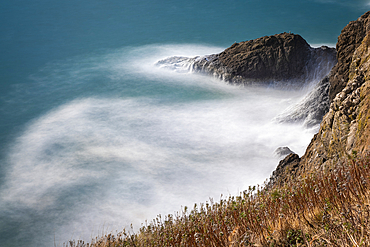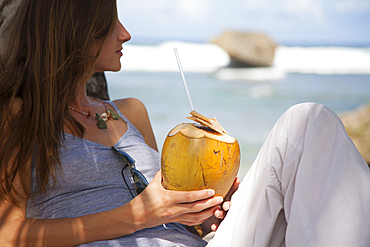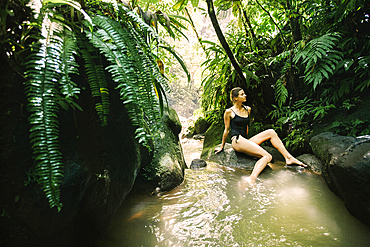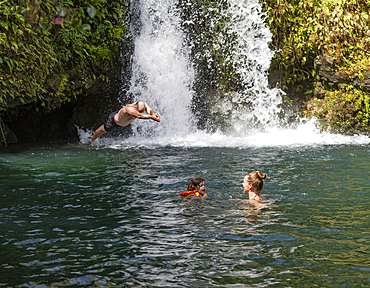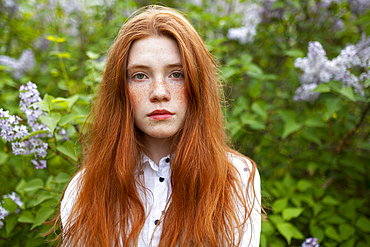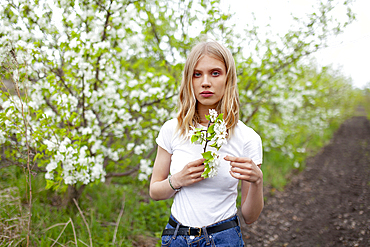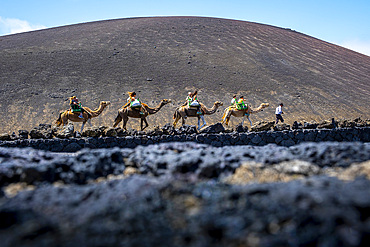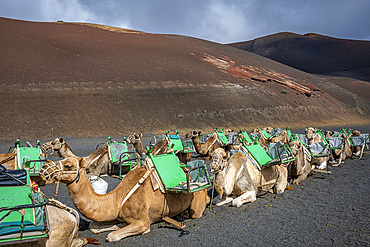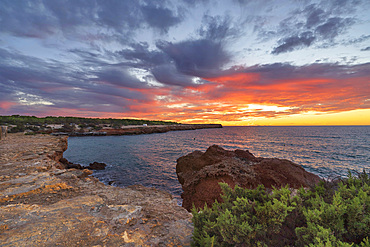Recent searches
Loading...
1116-52946 - Long exposure of frothy waves crashing into the cliffs at Cape Disappointment, at the mouth of the Columbia River in Southwest Washington, Washington, United States of America
1116-52917 - Close up of a rodeo queen's belt and sequined vest in front of an American flag, Burwell, Nebraska, United States of America
1116-52916 - Rodeo queen poses for a portrait in front of an American flag, Burwell, Nebraska, United States of America
1116-52828 - Close-up of a woman sitting on the beach looking out at the ocean holding a coconut with a straw, Bathsheba, Barbados, Caribbean
1116-52819 - Woman relaxing on the rocks surrounding the hot springs at Trafalgar Falls enjoying the atmosphere of the lush rainforest on the Caribbean Island of Dominica in Morne Trois Pitons National Park, Dominica, Caribbean
1116-52810 - Family enjoying swimming in a natural pool under a plunging waterfall along the Road to Hana, Maui, Hawaii, United States of America
1178-44290 - Portrait of young woman looking at cereal plants in field
832-403521 - Idyllic view of blooming lavender (lavandula) field. Beautiful purple blue flowers in warm summer sunset light. Fragrant plants blossoms in the meadow
832-403522 - Picturesque scene of blooming lavender (lavandula) field. Beautiful purple pink flowers in warm summer light. Fragrant plants blossoms in the meadow, vertical background
832-402063 - Beautiful footpath in the natural park of Garajonay in La Gomera, Canary Islands
1178-44211 - Portrait of serious teenage girl (16-17) sitting on grass
1178-44210 - Portrait of serious teenage girl (16-17) against lilac bush
1178-44209 - Portrait of woman holding branch of apple tree in orchard
832-401185 - Walking along the beautiful volcanic path in the town of Tamaduste on the coast of the island of El Hierro, Canary Islands, Spain, Europe
832-401175 - Wonderful orange sunset in the Natural Pools of La Maceta in El Hierro en la Frontera, Canary Islands
832-399784 - Spring time - Easter eggs and tulips on white background
832-399785 - Spring time - Easter eggs and tulips on grey background
832-399825 - Natural organic soap bars with vanilla, coffee beans and eucalyptus on wooden background
832-398436 - background rain drops close up. High resolution photo
832-398429 - close up patient experiencing cupping therapy. High resolution photo
1350-6503 - Teide and Roque Cinchado, in Los Roques de Garcia, volcanic rock formations in Teide national park, Tenerife, Canary Islands, Spain
1350-6502 - Teide, volcanic rock formations, and retama (Spartocytisus supranubius) in Teide national park, Tenerife, Canary Islands, Spain
1350-6501 - Teide, volcanic rock formations, and retama (Spartocytisus supranubius) in Teide national park, Tenerife, Canary Islands, Spain
1350-6488 - Tourists riding camels, in Timanfaya National Park, Lanzarote, Canary Islands, Spain
1350-6487 - Echadero de Camellos, Camels wait for the next ride with tourists, Timanfaya National Park, Ruta de Los Volcanes, Lanzarote, Spain
1350-6678 - Strawberry Poison Frog (Dendrobates pumilio), adult, Bastimentos National Park, Bocas del Toro, Panama. The strawberry poison frog or strawberry poison-dart frog (Oophaga pumilio or Dendrobates pumilio) is a species of small amphibian poison dart frog found in Central America. It is common throughout its range, which extends from eastern central Nicaragua through Costa Rica and northwestern Panama. The species is often found in humid lowlands and premontane forest, but large populations are also found in disturbed areas such as plantations. The strawberry poison frog is perhaps most famous for its widespread variation in coloration, comprising approximately 15���30 color morphs, most of which are presumed to be true-breeding. O. pumilio, while not the most poisonous of the dendrobatids, is the most toxic member of its genus. The species is most diverse in Panama with varieties in vivid shades of all red, orange, blue, yellow or green, green and yellow, white with red, orange or black and spotted varieties. The most colorful mix is found in Isla Bastimentos Marine National Park though not all in one place. Colors vary by location. A beach on the north side of the island is named after the species. Two of Southern Explorations' Panama tours visit red frog habitat. Both the eight-day Panama Adventure trip and eleven-day Panama Highlights trip spend time in Isla Bastimentos Marine National Park and the former also goes to Red Frog Beach.
The red frog is not as poisonous as some of its cousins and is not a threat to humans. It subsists on a diet of ants that dine on poisonous plants, providing the red frog its protective skin toxin. Males attract females with a loud quick chirp. To hear the distinctive sound before you depart on your Panama tours, go to the University of Michigan Museum's biodiversity website (www.animaldiversity.ummz.umich.edu.) After birth, the tadpoles climb aboard the mother who deposits them in different protected areas where she retu
1350-6515 - Natural beauty portrait of young woman in her 20´s with long hair and blue eyes outdoor in a garden. Lifestyle concept.
845-1097 - Worcestershire countryside from Pinnacle Hill in the Malvern Hills, AONB (Area of Outstanding Natural Beauty), Worcestershire, England, United Kingdom, Europe
1178-43685 - Older Caucasian couple hugging outdoors
1178-43636 - Caucasian woman fastening bikini bottom
1178-43240 - Caucasian man holding surfboard at beach
1178-43635 - Caucasian woman carrying skimboard under arch
1178-43442 - Caucasian woman admiring scenic view
1178-43091 - Caucasian girl blowing handful of snow
1178-43177 - Caucasian woman carrying surfboard at beach
1178-43386 - Caucasian woman checking the time on wristwatch outdoors
1178-43251 - Man riding modified bicycles on forest path
1178-43022 - Distant Washington Monument, Washington, District of Columbia, United States,
1178-43243 - Caucasian man holding surfboard at beach
1178-43297 - Caucasian woman hunting in forest with binoculars
1178-43290 - Caucasian woman hunting in forest using binoculars
1178-43331 - Older Caucasian couple walking on dirt path
1178-43296 - Caucasian woman hunting in forest holding rifle
1178-43387 - Caucasian woman using cell phone outdoors
1178-43087 - Caucasian girl examining plants outdoors
1178-43252 - Men riding modified bicycles on forest path
1178-43242 - Caucasian man holding surfboard on coastal cliff
1178-43092 - Caucasian girl catching snow on tongue
1178-43292 - Caucasian woman hunting in forest texting on cell phone
1178-43427 - Caucasian mother holding son near flowers in tree
1178-43231 - Woman kissing cheek of friend outdoors
1178-43255 - Woman with red hair standing at waterfront
1178-43062 - Pensive Caucasian girl at lake looking up
1178-43250 - Man riding modified bicycles on forest path
1178-43238 - Caucasian surfer flexing muscle at beach
1178-43332 - Older Caucasian couple hugging outdoors
1178-43241 - Caucasian man carrying surfboard on stairs at beach
1178-43237 - Caucasian man holding surfboard at beach
1178-43178 - Caucasian woman carrying surfboard at beach
1178-43634 - Caucasian woman riding skimboard at beach
1178-43248 - Hispanic woman wearing bikini outdoors
1178-43235 - Caucasian man carrying surfboard at beach
1178-43239 - Caucasian woman holding surfboard at beach
1178-43023 - Distant Jefferson Memorial, Washington, District of Columbia, United States,
746-92366 - Seascape, Cala Saona beach, Sunset, Balearis Islands, Formentera, Spain
746-92388 - View of Montelupone from Potenza Picena, Fog, Marche, Italy, Europe
746-92256 - Monti Sibillini National Park, Flowering Pian Grande June, Castelluccio di Norcia, Umbria, Italy, Europe
746-92258 - Monti Sibillini National Park, Flowering Pian Grande, July, Castelluccio di Norcia, Umbria, Italy, Europe
746-92213 - Seascape, Sunrise from Porto Recanati, Marche, Italy, Europe
746-92370 - Punta Rasa, Cliff, Formentera, Balearis island, Spain,
746-92375 - Far de la Mola, Punta Des Far, Cliff, Balearis Islands, Formentera, Spain
746-92373 - Far de la Mola, Balearis Islands, Formentera, Spain
746-92168 - Civraxiu (typical sardinian bread), Serrenti, Campidano, Sardinia, Italy, Europe
746-92386 - Seascape, Sunrise from Promeade of Porto Recanati, Marche, Italy, Europe
746-92374 - Far de la Mola, Punta Des Far, Balearis Islands, Formentera, Spain
746-92368 - El Pilar de la Mola, Cliff, Formentera, Balearic Islands, Spain
746-92387 - Coat of arms on the benches of the public gardens, Potenza Picena, Marche, Italy, Europe
746-92259 - Monti Sibillini National Park, Flowering Pian Grande, July, Castelluccio di Norcia, Umbria, Italy, Europe

